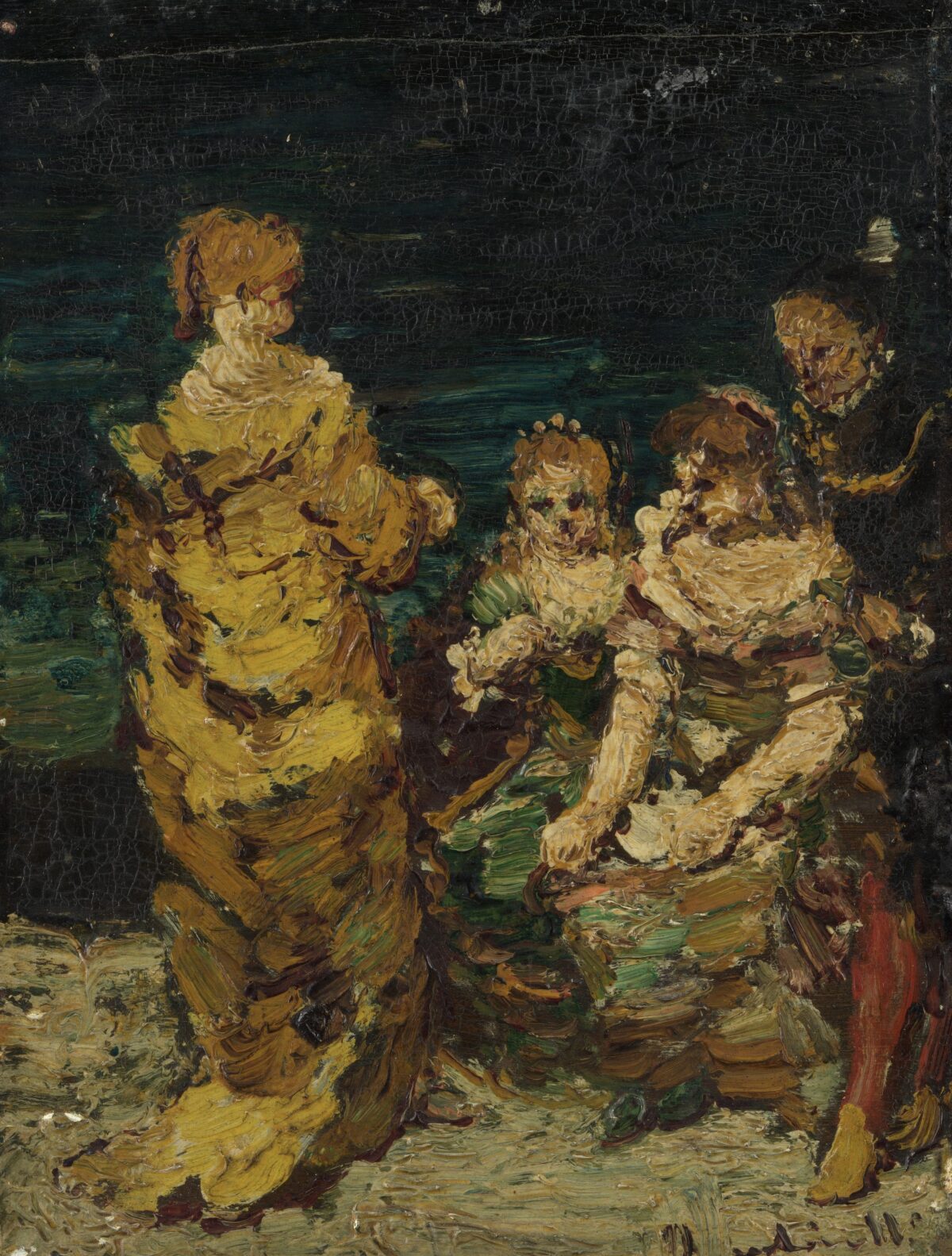Categories Art, Life
Published August 29, 2025
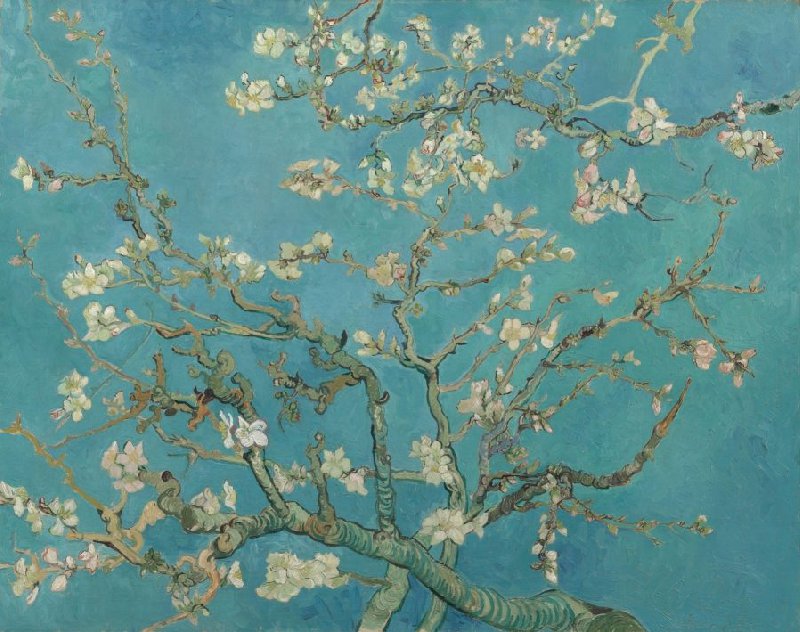
Almond Blossom, by Vincent van Gogh
Another day, but unfortunately not another slay. The past nine months of my life were sponsored by an autoimmune arthritis plot twist that made moving (and sometimes existing) feel like performance art in pain. I open Instagram for a cheeky little doom-scroll and stumble across a video of a dancer, Léo Walk, on Nowness called Premiers Bleus. My French is still hovering somewhere within the A1 range at best, but I didn’t need subtitles to understand exactly what he was trying to say. Dance is a universal language after all. You can always tell — especially in this glorious age of TikTok — whether someone is dancing for validation or actually telling you something meaningful with their body.
Léo Walk wasn’t just moving — he was remembering.
Remembering what it was like to be a child.
Back when it was vibes first — stress later.
And as I sat there watching him transmute his comeback through movement — while being unable to… well, walk without pain for the past nine months (the irony) — I was forced to ask myself the least aesthetic question of all: how the hell did I get here? I’ve known for a while that somewhere between graduating Central Saint Martins and being thrown headfirst into the pressure-cooker of adulthood — even while “working in the creative industry” — I managed to lose my play. That pure, unhinged joy of just making something because I wanted to. My inner child had been locked out of the art studio.
Damn.
I know — I know “HAVE YOU HEALED YOUR INNER CHILD YET?” is somewhat aggressively plastered across every Instagram wisdom carousel, usually sandwiched between a pastel gradient and a (usually relatable) nervous system meme. But when you strip the wellness-industry varnish off, the truth is painfully simple: your inner child does hold the master key. To your heart. And your art. Picasso said it best: “It took me four years to paint like Raphael, but a lifetime to paint like a child.”
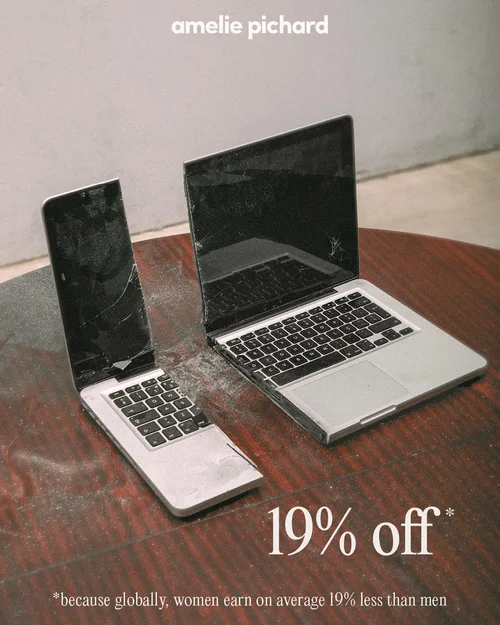
Amelie Pichard, International Women's Day promo ad. Image Courtesy of Amelie Pichard
Monsieur Simon Porte Jacquemus is my favourite modern proof. The man basically built a fashion empire on childhood nostalgia: toy-like bags, quirky slogans, entire campaigns shot on an iPhone. Because a child never cares about perfection — only joy and spontaneity. Tyler, the Creator pierced the veil in one of his latest interviews when he said: “Create like a child. Edit like a scientist.” That’s exactly what Simon does. And the world can’t get enough. I still remember buying a piece from his La Piscine collection, back when Jacquemus was just a small brand tucked inside Dover Street Market. I had no idea what to do with my unruly curls — but a pretty good idea how to surf scary Balinese waves. Back then — long before I let my childlike spirit slip away, and obviously pre-arthritis — something in me instantly spoke to that naïve spirit Simon has been channeling since day one.
Enter: Amélie Pichard — yes, another French designer whose world is built on quirks and ethics. Her original brand, launched in 2011, turned kitsch into a feminist manifesto: fluffy pumps with Lucite heels, patchwork clogs, “Pichardises” like slippers and tees — candy-coloured dreams that didn’t take themselves too seriously. She made vegan sexy, even collaborating with Pamela Anderson on a 90s-inspired line that was equal parts iconic femininity and activism. A match made in sustainability heaven.
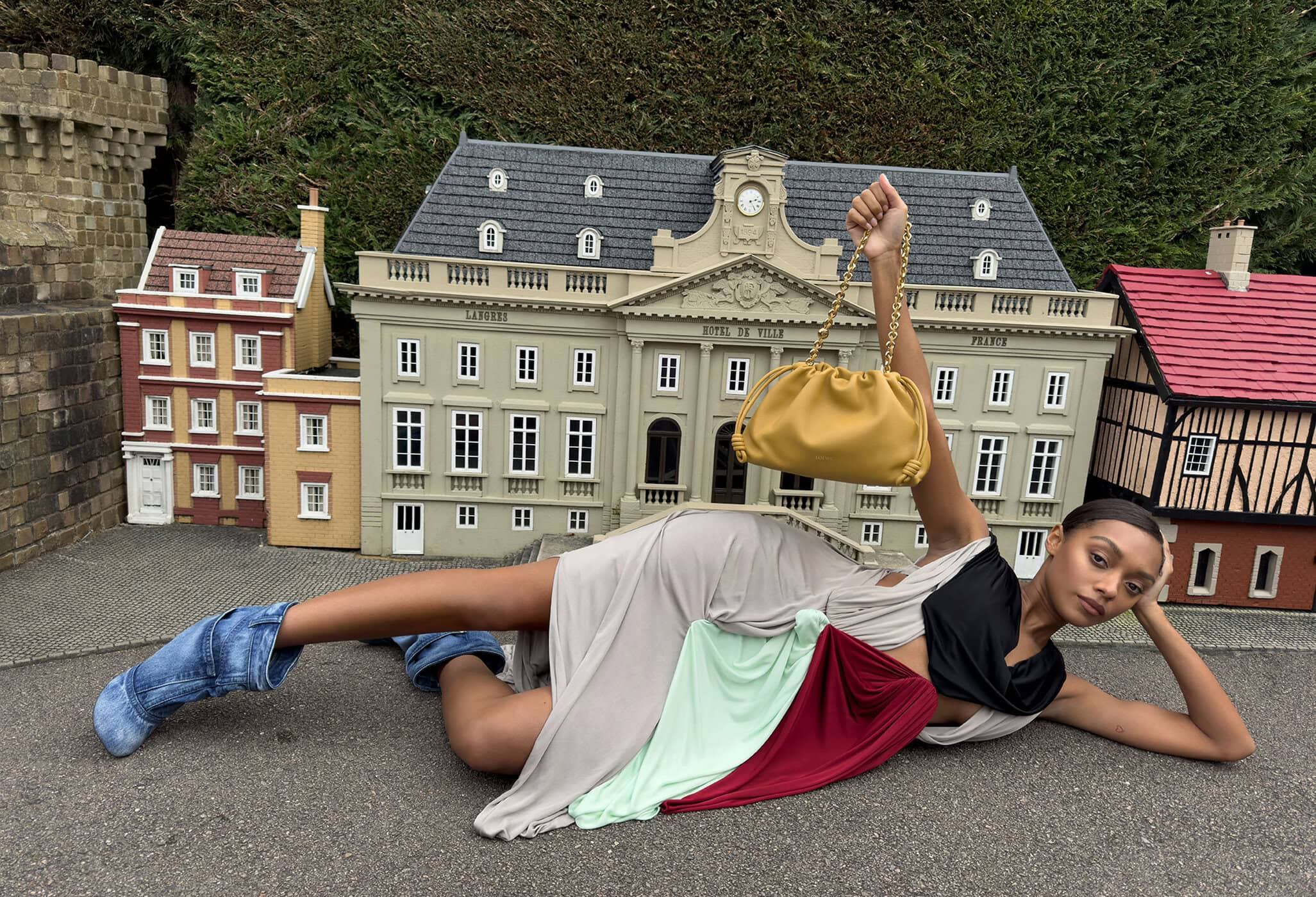
Loewe Pre-Fall Ad, 2024. Image courtesy of Loewe
And while we’re at it — Jonathan Anderson. Everything he does for JW Anderson, Loewe and — as of recently — Dior is steeped in pure, unapologetic play: the pigeon and cake clutches, the felt bag charms, not to mention the whole Loewe tomato extravaganza and Dior’s book cover totes. Every brand under his direction magically turns into the world’s chicest kindergarten art class. And honestly: if (or when?) Simon, Amélie, and Jonathan ever collaborate, it will feel like attending the coolest fashion playground on earth. Maybe that’s the secret of why their work hits so hard: because they never buried their play under the weight of responsibilities — and all of us are starving for it.
I promise you I didn’t plan for the fourth living example of childish essence in contemporary culture to also be French. It did get me thinking, though: if the Italians mastered dolce far niente (the sweetness of doing nothing), did the French perfect the art of childlike playfulness?
Liberté. Égalité. Naïveté!
But that’s a topic for a whole other essay.
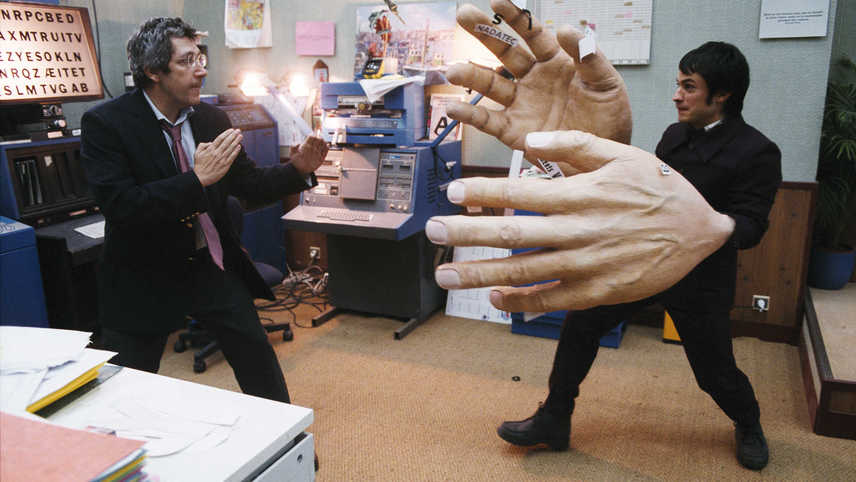
Still from The Science of Sleep (French: La Science des rêves), 2006
Let’s not get sidetracked and talk about the movie–music-video–commercial director who basically shaped me as a person: Michel Gondry. Most of you know him through Eternal Sunshine of the Spotless Mind, but if you ever find yourself wandering back toward innocence, watch The Science of Sleep. A film made of cardboard, glue, and dreams — and somehow it feels more real than reality. The main characters, Stéphane and Stéphanie, stumble through life trying to be adults while still finding ways to stay kids, even as the world forces you to grow up. And it’s everywhere in Michel’s work: the whimsical Air France commercials, the iconic Daft Punk Around the World video — he is just… having fun. And seriously: whatever happened to having fun for the sake of having fun?
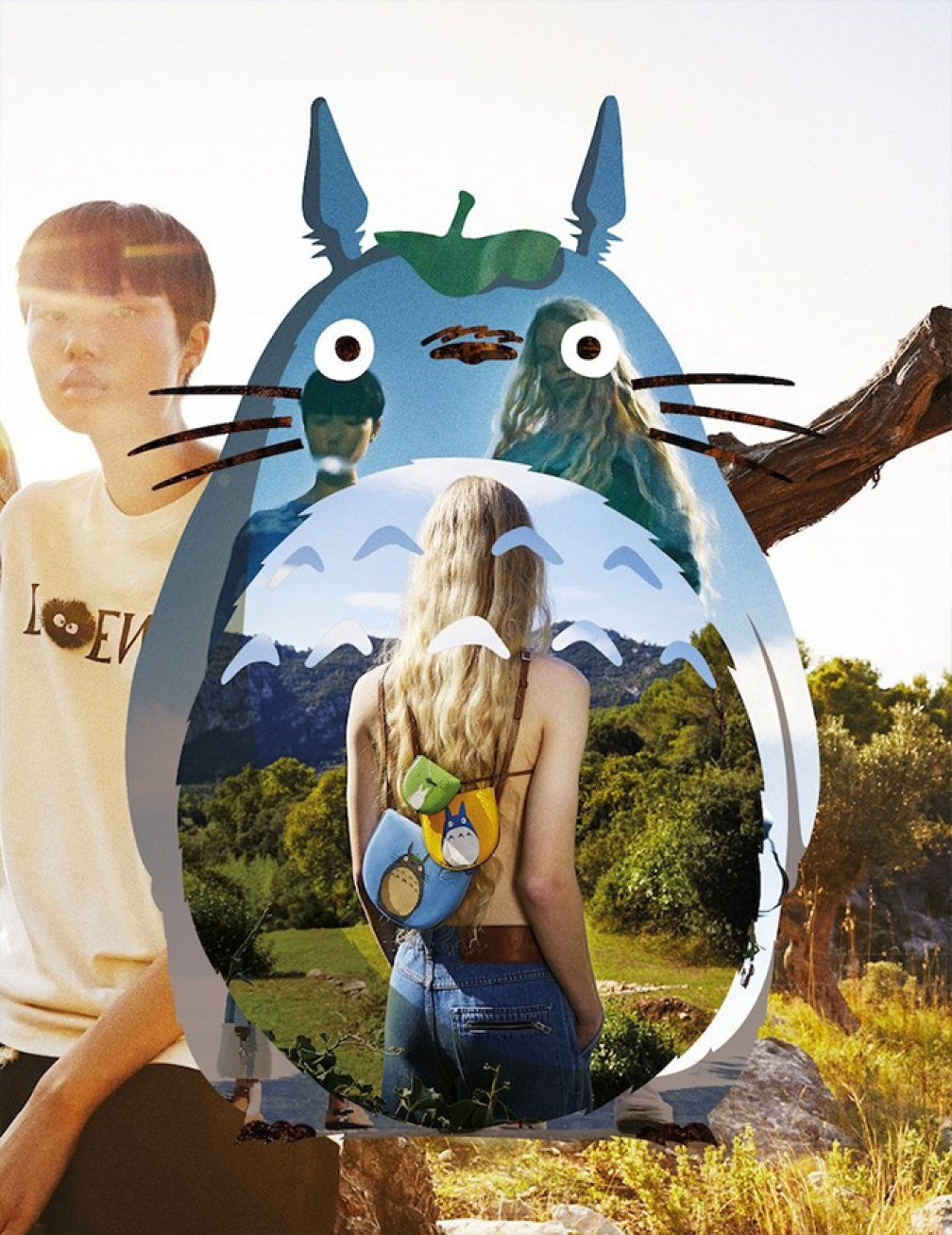
Loewe x My Neighbour Totoro Capsule Collection. Image courtesy of Loewe
I cannot not mention Hayao Miyazaki. Not just to sprinkle a little Japanese whimsy on all this Frenchness — but because his work is basically a masterclass in how to never lose your child’s heart. His films are full of spirits, soot sprites, cat buses, gods of the forest, and impossible creatures. Yet somehow, at their core, they have more in common with reality than most “realistic” cinema (I’m looking at you, Hollywood). Take my personal favourite, Princess Mononoke: a movie marketed as fantasy but really a meditation on war, greed, and how far humanity has gone in conquering nature. Because imagination, in Miyazaki’s hands, is just realism in disguise — and innocence and responsibility aren’t opposites, they’re co-stars. I’m 33 and I still have a Totoro plush on my nightstand. Always. Because sometimes all the wisdom you need fits inside the smile of a very round, very furry forest spirit.
Maybe this is why even the most “serious” adults I know are secretly, or very openly, obsessed with The Summer I Turned Pretty. A literal teen drama, and yet? It has the whole internet debating Conrad vs. Jeremiah like it’s Shakespeare’s “to be or not to be”. If this isn’t proof that what we actually crave is innocence — the unfiltered chaos and longing of being in love for the first time, before the world taught us to guard our hearts — I don’t know what is.
And don’t even get me started on Labubus.

Jacquemus 'Winter Retreat' Holiday Ad, 2024. Image courtesy of Jacquemus
The legendary Rick Rubin puts it best in The Creative Act: A Way of Being:
“Within every artist, there’s a child emptying a box of crayons onto the floor, searching for the right colour to draw the sky. It might be violet, olive, or burnt orange. As artists, we strive to preserve this playfulness throughout the gravity of the enterprise. We embrace both the seriousness of the commitment and the playfulness of being completely free in the making.’
Take art seriously, he says — but never do it the “serious” way. Remember what it felt like to be a beginner, when the tools of your craft were still strange and thrilling.
The list of creatives who lived by this truth has no end. Van Gogh, shamed for painting like a child and never selling a single work in his lifetime (you know how that story ends). Basquiat, with his secret symbolic language. Paul Klee, who described a drawing as “a dot that went for a walk.” Marina Abramović, who urged young artists to follow impulsive urges “like the ones I had as a child.” The greats we remember most are the ones who never stopped playing.
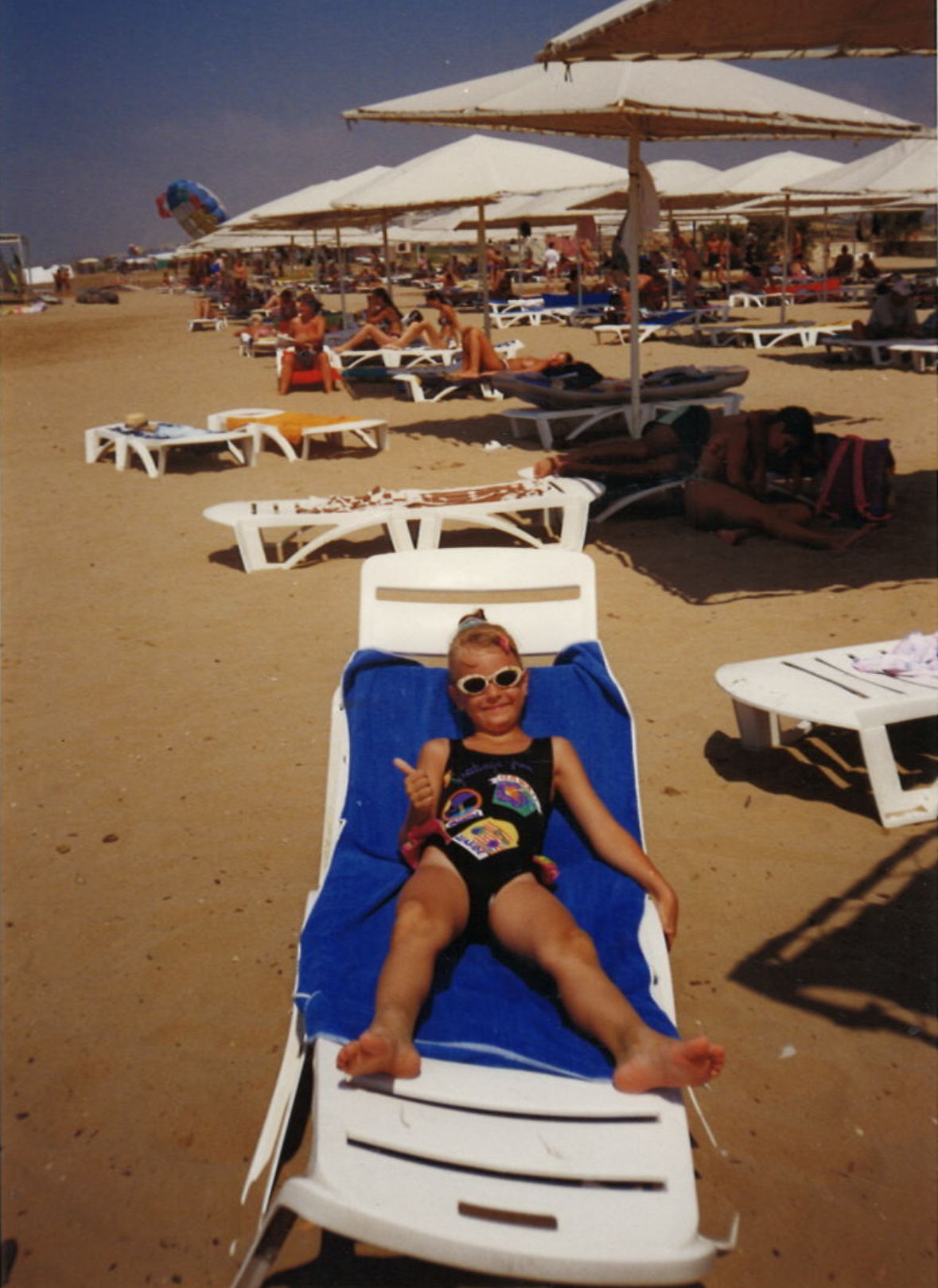
So maybe the real work is not growing up, but… growing down? This strange life is a constant dance between innocence and responsibility, creation and destruction. What I’ve come to believe is that the trick is not to become infantile, but to create the conditions where innocence can safely exist. A foundation strong enough to let yourself frolic again, even when the hill is steep and the rocks cut you. This is the exact through line running through the works of Jacquemus, Amélie Pichard, Jonathan Anderson, Léo Walk, Michel Gondry, Hayao Miyazaki, Marina Abramović, Tracey Emin — etc. etc. etc.
So if I can give you some unsolicited advice: take your inner child out for a walk. Make them feel safe enough to open their precious heart to you. And then listen — they’ll tell you everything.
Oh, and this girl? She’s in remission now.
Playing. Creating. Hoping she’ll never lose that playful spirit again.
And she wholeheartedly wishes the same to you.
Minus the illness, obviously.


